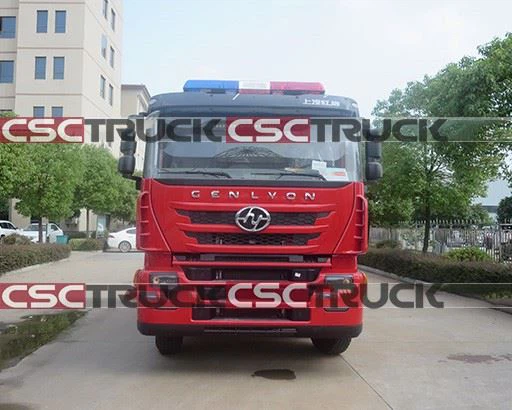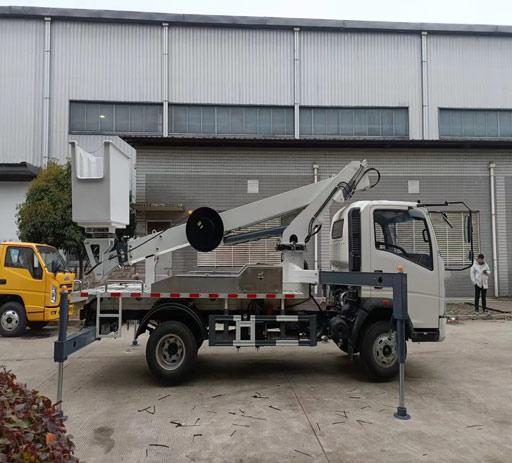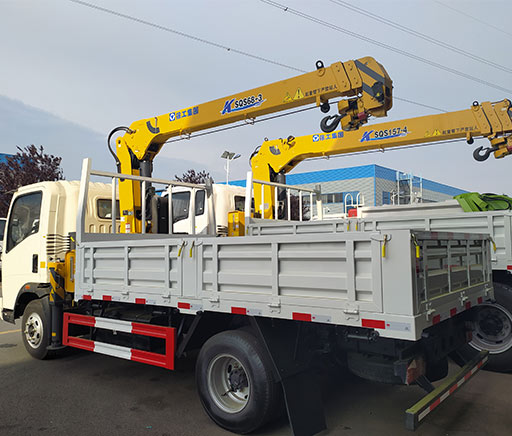Loren Sanitation: The Ultimate Guide to Maintaining a Clean Environment

In today’s fast-paced world, sanitation is an essential aspect that often gets overlooked. Maintaining cleanliness is crucial for health, productivity, and overall well-being. This article will explore “Loren Sanitation,” a comprehensive approach to cleanliness, detailing practical tips, examples, and strategies to ensure a safe and hygienic environment.
Understanding Loren Sanitation
Loren Sanitation refers to a holistic approach to maintaining cleanliness in various environments, including homes, offices, and public spaces. The methodology emphasizes not just cleaning but creating systems that ensure ongoing sanitation and hygiene.
The Importance of Sanitation
Sanitation is the foundation of a healthy lifestyle. Here are some key reasons why sanitation should not be taken lightly:
- Health Benefits: Proper sanitation reduces the risk of infections and diseases.
- Enhanced Productivity: Clean environments enhance focus and efficiency at work.
- Aesthetic Appeal: Clean spaces are more inviting and pleasant.
- Environmental Impact: Sustainable sanitation practices help protect our planet.
Current Sanitation Challenges
Despite its importance, many people face challenges in maintaining proper sanitation due to lack of knowledge, resources, or time. Understanding these challenges is the first step in overcoming them.
The Pillars of Loren Sanitation
1. Awareness and Education
Educating oneself and others about sanitation practices is crucial for effective implementation. This includes understanding the types of germs, the importance of hand washing, and proper waste disposal methods.
2. Regular Cleaning Routines
Establishing a regular cleaning routine helps maintain cleanliness. Here’s a suggested cleaning schedule:
| Task | Frequency |
|---|---|
| Dust surfaces | Weekly |
| Vacuum carpets | Weekly |
| Clean bathrooms | Bi-weekly |
| Deep clean kitchen | Monthly |
3. Waste Management
Effective waste management is a cornerstone of sanitation. Implementing strategies like segregation of waste, composting, and recycling can significantly reduce environmental impact.
Segregation Techniques

- Separate recyclable materials from regular waste.
- Use compost bins for organic waste.
- Properly label bins for easy identification.
4. Personal Hygiene Practices
Personal hygiene plays a vital role in sanitation. Here are practical tips to maintain good hygiene:
- Wash hands frequently, especially before meals.
- Use sanitizers when soap and water aren’t available.
- Keep nails trimmed and clean.
5. Sanitizing Surfaces
Regularly sanitizing high-touch surfaces is essential to prevent germ spread. Use disinfectant wipes or sprays on:
- Doorknobs
- Light switches
- Touchscreens
6. Creating a Sanitation Team
If managing sanitation for a larger space, consider forming a sanitation team. Assign specific roles to individuals based on their strengths.
Sample Roles in a Sanitation Team
| Role | Responsibilities |
|---|---|
| Team Leader | Oversees the sanitation process. |
| Cleaner | Responsible for daily cleaning tasks. |
| Waste Manager | Manages waste disposal. |
7. Utilizing Technology for Sanitation
Technology can enhance sanitation practices. Consider using apps or devices that remind staff about cleaning schedules or monitor hygiene practices in public areas.
Helpful Technologies

- Automated hand sanitizers for public places.
- Mobile apps for tracking cleaning schedules.
- Smart trash cans that notify when they are full.
Case Studies: Successful Implementation of Loren Sanitation
Case Study 1: Office Environment
An office that implemented Loren Sanitation saw a significant increase in productivity and employee satisfaction. Regular cleaning teams were established, and training sessions on hygiene practices greatly reduced absenteeism.
Case Study 2: Public Schools
A local school adopted a sanitation initiative that involved students in cleanliness projects. Educating students about waste management led to reduced waste generation and increased awareness.
Practical Tips for Individuals and Businesses
For Individuals
- Create a personal sanitation kit with sanitizers and disinfectants.
- Follow daily hygiene routines.
- Advocate for cleanliness in community spaces.
For Businesses
- Implement regular training sessions for staff on sanitation practices.
- Invest in high-quality cleaning products.
- Engage customers in cleanliness campaigns.
Frequently Asked Questions (FAQs)
What is Loren Sanitation?
Loren Sanitation refers to a comprehensive approach to cleanliness and hygiene, focusing on ongoing practices and systems that promote a sanitary environment.
How can I implement Loren Sanitation at home?
Start by educating yourself and your family on hygiene practices, establishing regular cleaning routines, and focusing on effective waste management.
Is it necessary to use chemical cleaners for sanitation?
While chemical cleaners can be effective, there are many eco-friendly alternatives that provide adequate sanitation without harsh chemicals.
How often should I sanitize high-touch surfaces?
You should sanitize high-touch surfaces daily, or more frequently in high-traffic areas.
Can Loren Sanitation benefit businesses?
Yes, implementing Loren Sanitation can enhance employee productivity, reduce sick days, and create a more inviting atmosphere for customers.

What role does technology play in sanitation?
Technology can automate and streamline sanitation processes, ensuring better tracking, compliance, and efficiency in cleaning operations.
